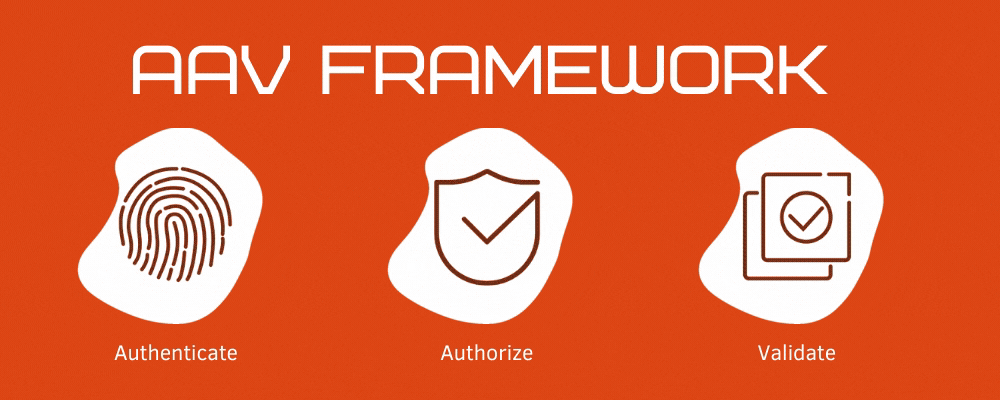Software Licensing Metrics – Instance / Installation

Hello and welcome to this next article on Licensing Metrics, we’ve already covered some more general points about Licensing Metrics in two previous articles which it would be worth reading if you are new to the topic of Licensing Metrics. In this next stage of articles on Licensing Metrics we will be looking more specifically at different types of metrics, usually one per article, the different pros and cons of each and how they work in real-world use. If you are familiar with our previous series on Software Licensing Types then you will know how we structure these articles and what you can expect from them.
Instance (or installation) is arguably the simplest form of licensing metric. It is similar to some types of software license but crucially enables the user to have an uncapped number of installations or uses of the software. This can then be measured by the number of times which the specific code which the user has been given goes through the registration process. Typically the best way to ensure that every installation or use of the software is counted is to force the user to activate after each installation, or log in for every use.
This is also the easiest metric to measure, where certain license metrics rely upon the number of concurrent users or the CPU usage of the software (we will come onto these in a future article). This metric relies purely upon the actual number of installations of the software.
Although on principal this is an uncapped metric – whereby users can install the software an unlimited number of times – it is also possible for you to combine the Volume License and with an Installation metric where the user is only charged per installation however this is limited to a pre-agreed maximum number of installations. As with all methods of licensing and metrics, it is important to make sure that you are not pricing yourself out of the market or cutting too far into your profits.
The advantage which this metric grants you as a vendor is that it keeps your administration costs low as you do not need to spend a significant amount of time processing the payments from your customers. However, it does limit your potential earnings from any one piece of software as the user has unlimited use of it after it has been installed. It is therefore suitable for software which either has a low production cost or which does not use a significant amount of processing power.
A simple, effective metric; even if it does limit your potential earnings.
Image Credits: © Luke Chesser - unsplash.com




